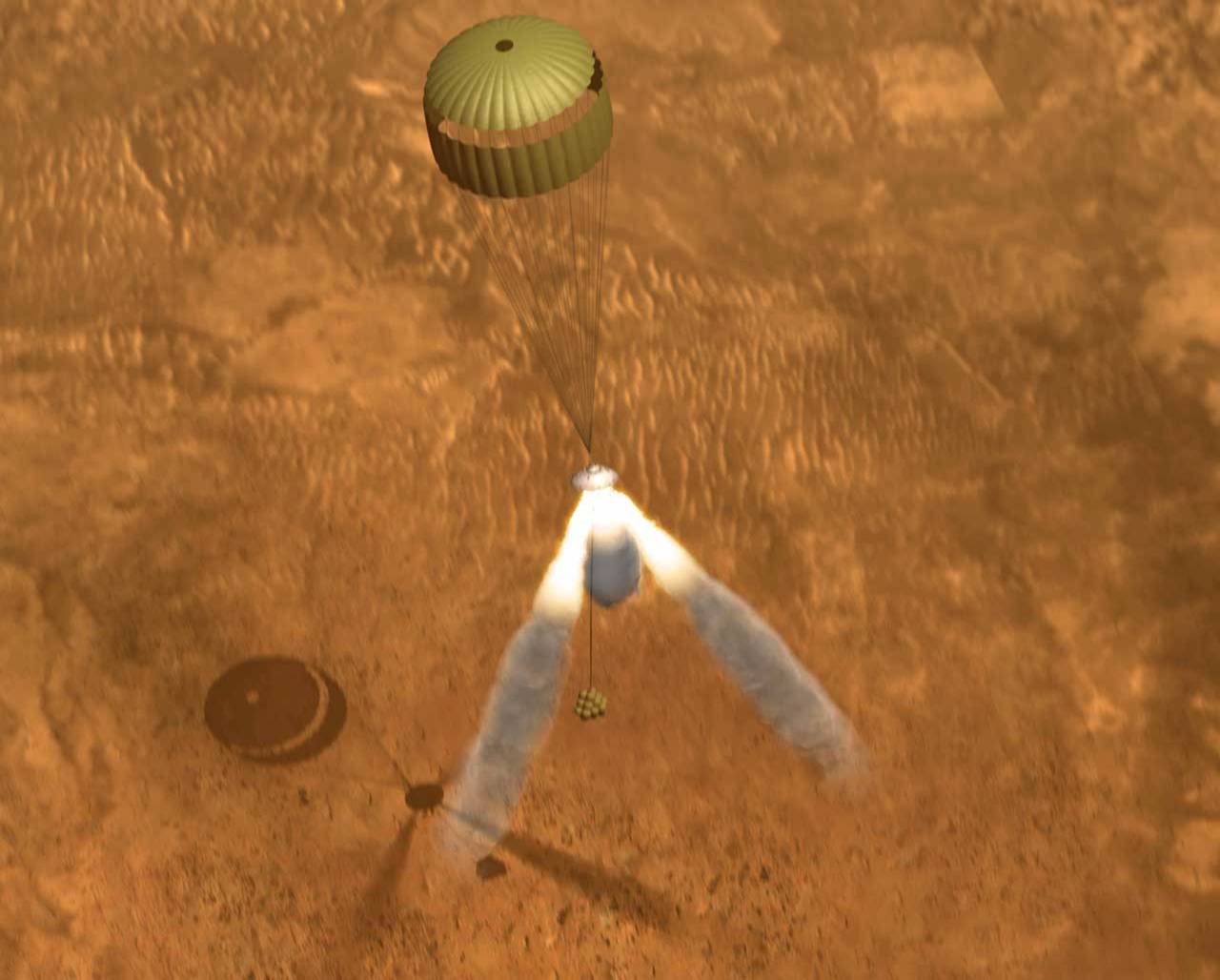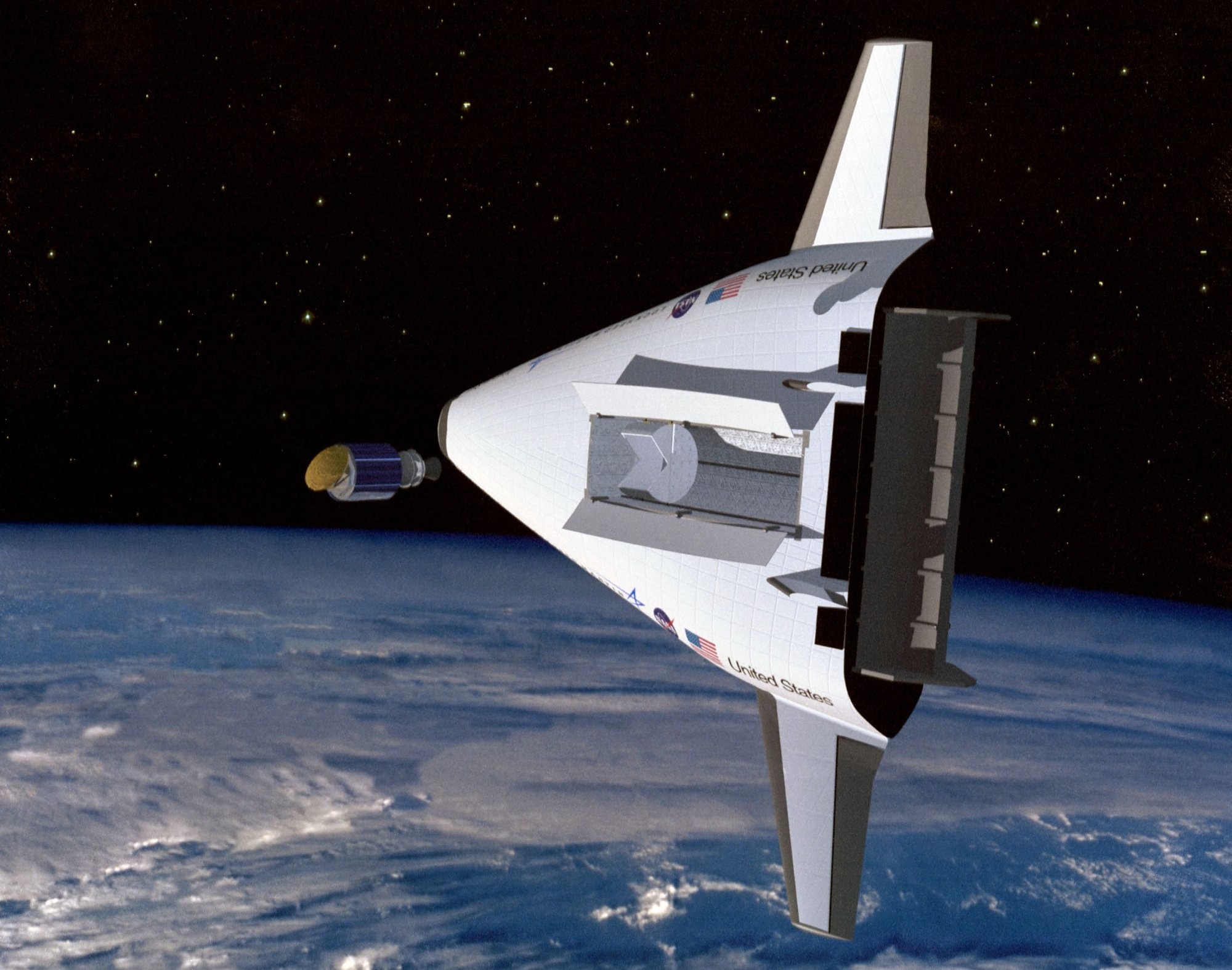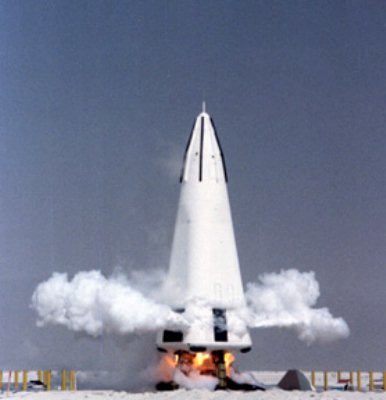|
RETALT
RETALT (RETro Propulsion Assisted Landing Technologies) is a project for aiming to investigate in key technologies for retropropulsion reusable launch systems established in March 2019 with funds from the European Union's Horizon 2020 program. It aims to "advance the research and development of key technologies for European vertical-landing launch vehicles." The reference configurations for the development of the targeted technologies are two types of vertical launch and landing rockets a two-stage-to-orbit and a single-stage to orbit . The partner organisations are DLR, CFS Engineering (Switzerland), Elecnor Deimos (Spain), MT Aerospace (Germany), Almatech (Switzerland) and Amorim Cork Composites (Portugal). See also * Adeline (rocket stage) * Comparison of orbital launchers families * Liquid fly-back booster, a cancelled DLR project to develop reusable boosters for Ariane 5 * Reusable launch system A reusable launch vehicle has parts that can be recovered and reflown, while ... [...More Info...] [...Related Items...] OR: [Wikipedia] [Google] [Baidu] |
German Aerospace Center
The German Aerospace Center (, abbreviated DLR, literally ''German Center for Air- and Space-flight'') is the national center for aerospace, energy and transportation research of Germany, founded in 1969. It is headquartered in Cologne with 35 locations throughout Germany. The DLR is engaged in a wide range of research and development projects in national and international partnerships. The DLR acts as the German space agency and is responsible for planning and implementing the German space programme on behalf of the German federal government. As a project management agency, DLR coordinates and answers the technical and organisational implementation of projects funded by a number of German federal ministries. As of 2020, the German Aerospace Center had a national budget of €1.348 billion. Overview DLR has approximately 10.000 employees at 30 locations in Germany. Institutes and facilities are spread over 13 sites, as well as offices in Brussels, Paris and Washington, ... [...More Info...] [...Related Items...] OR: [Wikipedia] [Google] [Baidu] |
Retropropulsion
A retrorocket (short for ''retrograde rocket'') is a rocket engine providing thrust opposing the motion of a vehicle, thereby causing it to decelerate. They have mostly been used in spacecraft, with more limited use in short-runway aircraft landing. New uses are emerging since 2010 for retro-thrust rockets in reusable launch systems. History Rockets were fitted to the nose of some models of the DFS 230, a World War II German Military glider. This enabled the aircraft to land in more confined areas than would otherwise be possible during an airborne assault. Another World War II development was the British Hajile project, initiated by the British Admiralty's Directorate of Miscellaneous Weapons Development. Originally a request from the British Army as a method to drop heavy equipment or vehicles from aircraft flying at high speeds and altitudes, the project turned out to be a disaster and was largely forgotten after the war. Although some of the tests turned out to be successf ... [...More Info...] [...Related Items...] OR: [Wikipedia] [Google] [Baidu] |
Adeline (rocket Stage)
Adeline (''Ad''vanced ''E''xpendable ''L''auncher with ''In''novative engine ''E''conomy) was a concept for a reusable launch vehicle, rocket First stage (rocketry), first-stage that would fly itself back to Earth after a launch using Unmanned aerial vehicle, drone technology for horizontal landing on a runway. Airbus Defence and Space conceived the design concept. Overview The concept envisions a rocket booster that includes propeller engines and avionics to allow for its recovery by a soft landing on a runway. The boosters would then be refurbished and reused on another space transport, flight. After the stage is exhausted during launch, the engine module is jettisoned for reentry. At a certain point in the descent, Adeline would deploy its small winglets and steer itself towards a runway whilst gliding. As it approaches the runway, landing gear and two small pusher configuration propellers would be deployed to perform a powered horizontal landing. The concept would allow for ... [...More Info...] [...Related Items...] OR: [Wikipedia] [Google] [Baidu] |
Liquid Fly-back Booster
Liquid Fly-back Booster (LFBB) was a German Aerospace Center's (DLR's) project concept to develop a liquid rocket booster capable of reuse for Ariane 1 in order to significantly reduce the high cost of space transportation and increase environmental friendliness. lrb would replace the existing liquid rocket boosters, providing main thrust during the countdown. Once separated, two winged boosters would perform an atmospheric entry, go back autonomously to the French Guiana, and land horizontally on the airport like an aeroplane. Additionally a family of derivative launch vehicles was proposed in order to take an advantage of economies of scale, further reducing launch costs. These derivatives include: * A reusable booster in a class of small-lift launch vehicle, small, medium-lift launch vehicle, medium-lift launch and Heavy-lift launch vehicle, heavy lift boosters like Vega (rocket), Vega anSLS * A super-heavy-lift launch vehicle capable of lifting nearly to the orbit. * A two ... [...More Info...] [...Related Items...] OR: [Wikipedia] [Google] [Baidu] |
Single-stage To Orbit
A single-stage-to-orbit (SSTO) vehicle reaches orbit from the surface of a body using only propellants and fluids and without expending tanks, engines, or other major hardware. The term usually, but not exclusively refers to reusable vehicles. To date, no Earth-launched SSTO launch vehicles have ever been flown; orbital launches from Earth have been performed by multi-stage rockets, either fully or partially expendable. The main projected advantage of the SSTO concept is elimination of the hardware replacement inherent in expendable launch systems. However, the non-recurring costs associated with design, development, research and engineering (DDR&E) of reusable SSTO systems are much higher than expendable systems due to the substantial technical challenges of SSTO, assuming that those technical issues can in fact be solved. SSTO vehicles may also require a significantly higher degree of regular maintenance. It is considered to be marginally possible to launch a single-stage-t ... [...More Info...] [...Related Items...] OR: [Wikipedia] [Google] [Baidu] |
Two-stage-to-orbit
A two-stage-to-orbit (TSTO) or two-stage rocket is a launch vehicle in which two distinct multistage rocket, stages provide propulsion consecutively in order to achieve orbital velocity. It is intermediate between a three-stage-to-orbit launcher and a hypothetical single-stage-to-orbit (SSTO) launcher. At liftoff the first stage is responsible for accelerating the vehicle. At some point the second stage detaches from the first stage and continues to orbit under its own power. An advantage of such a system over single-stage-to-orbit is that most of the dry mass of the vehicle is not carried into orbit. This reduces the cost involved in reaching orbital velocity, as much of the structure and engine mass is ejected, and a larger percentage of the orbited mass is payload mass. An advantage over three or more stages is a reduction in complexity and fewer separation events, which reduces cost and risk of failure. Examples * Historical ** Cosmos-3M ** Delta IV Medium ** Falcon 1 ** ... [...More Info...] [...Related Items...] OR: [Wikipedia] [Google] [Baidu] |
Elecnor Deimos
Deimos is a Spanish technology group that specializes in space, defense, transports, aeronautics, maritime, telecommunications and digital intelligence. Areas of activity Deimos operates in the following markets: * Space * Aeronautics * Maritime * Transport * Industry and utilities * Telecom and media History Deimos was founded in 2000 and was part of the Spanish Elecnor group under the name Elecnor Deimos until 2024. On November 1, 2024, Deimos was acquired by Indra Sistemas Indra Sistemas, S.A. () is a Spanish information technology and defense company. Indra is listed on the Bolsa de Madrid and is a constituent of the IBEX 35 index. The current executive chairman is Ángel Escribano. In 2018 and 2019 Indra was fi ... and merged with the Indra Espacio division. International presence Deimos is present in the following countries: * Spain :* Tres Cantos (Madrid): Deimos Space Headquarters :* Puertollano (Ciudad Real): Deimos Castilla la Mancha Headquarters :* Boecillo ( ... [...More Info...] [...Related Items...] OR: [Wikipedia] [Google] [Baidu] |
Horizon 2020
The Framework Programmes for Research and Technological Development, also called Framework Programmes or abbreviated FP1 to FP9, are funding programmes created by the European Union/European Commission to support and foster research in the European Research Area (ERA). Starting in 2014, the funding programmes were named Horizon. The funding programmes began in 1984 and continue to the present day. The most recent programme, Horizon Europe, has a budget of 95.5 billion Euros to be distributed over 7 years. The specific objectives and actions vary between funding periods. In FP6 and FP7, focus was on technological research. In Horizon 2020, the focus was on innovation, delivering economic growth faster, and delivering solutions to end users that are often governmental agencies. Background Conducting European research policies and implementing European research programmes is an obligation under the Amsterdam Treaty, which includes a chapter on research and technological developme ... [...More Info...] [...Related Items...] OR: [Wikipedia] [Google] [Baidu] |
Comparison Of Orbital Launchers Families
This article compares different orbital launcher families (launchers which are significantly different from other members of the same 'family' have separate entries). The article is organized into two tables: the first contains a list of currently active and under-development launcher families, while the second contains a list of retired launcher families. The related article "Comparison of orbital launch systems" lists each individual launcher system within any given launcher family, categorized by its current operational status. This article does not include suborbital launches (i.e. flights which were not intended to reach LEO or VLEO). Description * Family: Name of the family/model of launcher * Country: Origin country of launcher * Manufac.: Main manufacturer * Payload: Maximum mass of payload, for 3 altitudes ** LEO, low Earth orbit ** GTO, geostationary transfer orbit ** TLI, trans-Lunar injection * Cost: Price for a launch at this time, in millions of US$ * Launches r ... [...More Info...] [...Related Items...] OR: [Wikipedia] [Google] [Baidu] |
Reusable Launch System
A reusable launch vehicle has parts that can be recovered and reflown, while carrying payloads from the surface to outer space. Rocket stages are the most common launch vehicle parts aimed for reuse. Smaller parts such as fairings, boosters or rocket engines can also be reused, though reusable spacecraft may be launched on top of an expendable launch vehicle. Reusable launch vehicles do not need to make these parts for each launch, therefore reducing its launch cost significantly. However, these benefits are diminished by the cost of recovery and refurbishment. Reusable launch vehicles may contain additional avionics and propellant, making them heavier than their expendable counterparts. Reused parts may need to enter the atmosphere and navigate through it, so they are often equipped with heat shields, grid fins, and other flight control surfaces. By modifying their shape, spaceplanes can leverage aviation mechanics to aid in its recovery, such as gliding or lift. In the a ... [...More Info...] [...Related Items...] OR: [Wikipedia] [Google] [Baidu] |
Winged Reusable Sounding Rocket WIRES (WInged REusable Sounding rocket) is a Japanese project developing a winged single-stage reusable suborbital rocket as a test bed for a reusable orbital launch system or a crewed suborbital spaceplane. The full-size prototype, called WIRES-X, is expected to be launched in 2020. Overview Since 2005, the Space Systems Laboratory at Kyushu Institute of Technology in Japan has been developing a reusable winged robotic suborbital test bed rocket called WIRES (WInged REusable Sounding rocket) meant as a research project towards a future fully reusable space launch system, |






